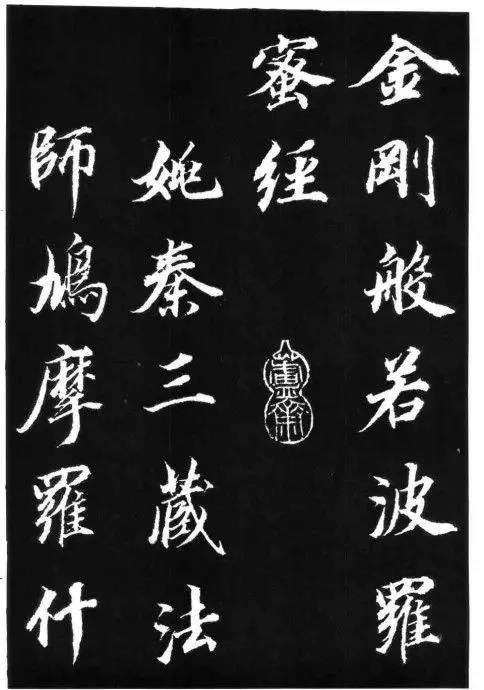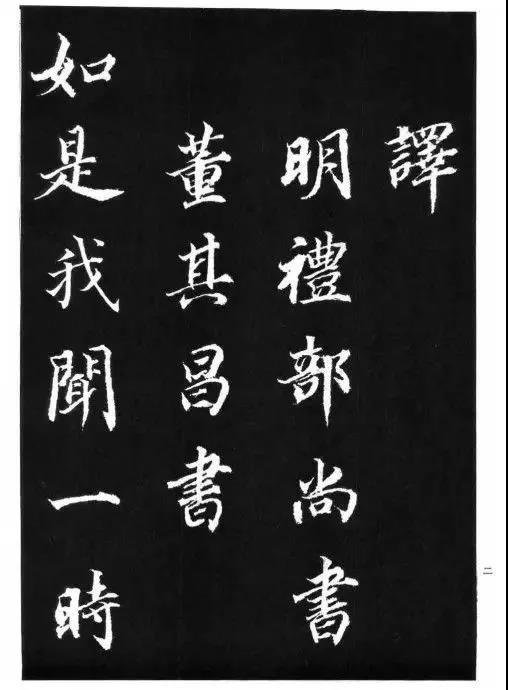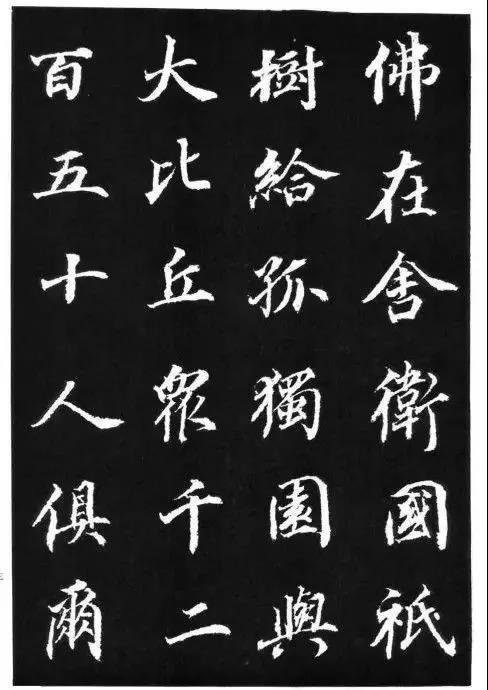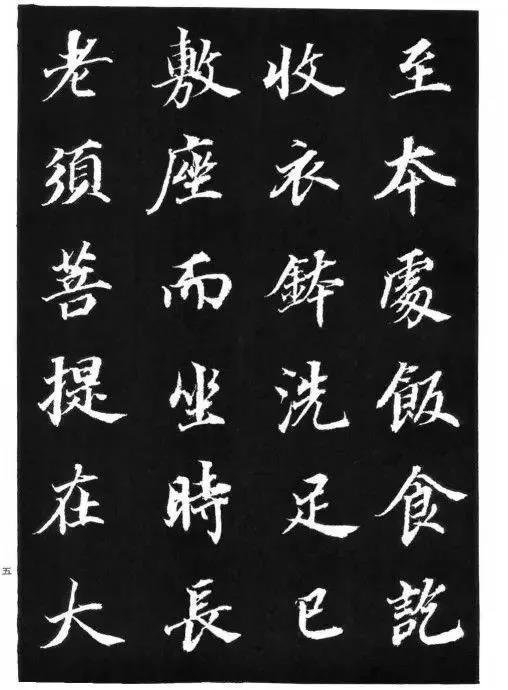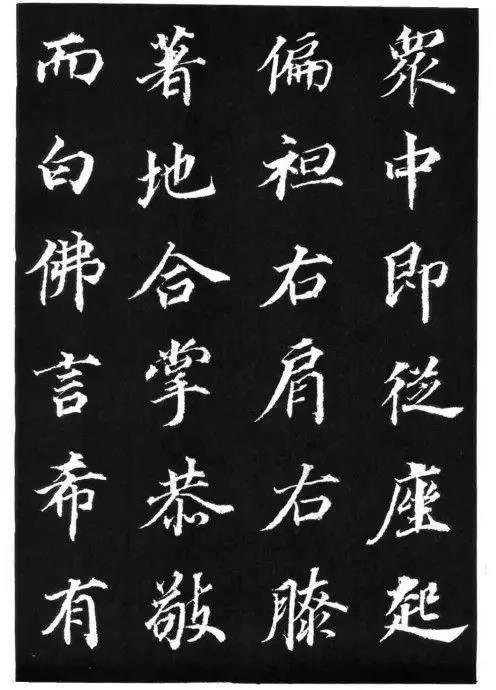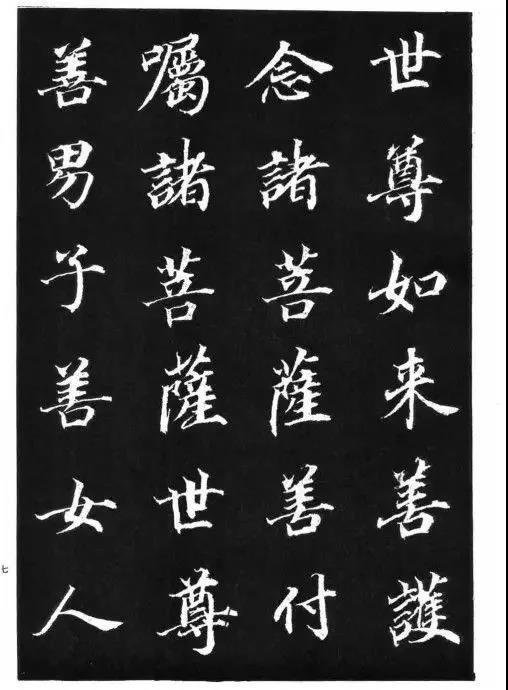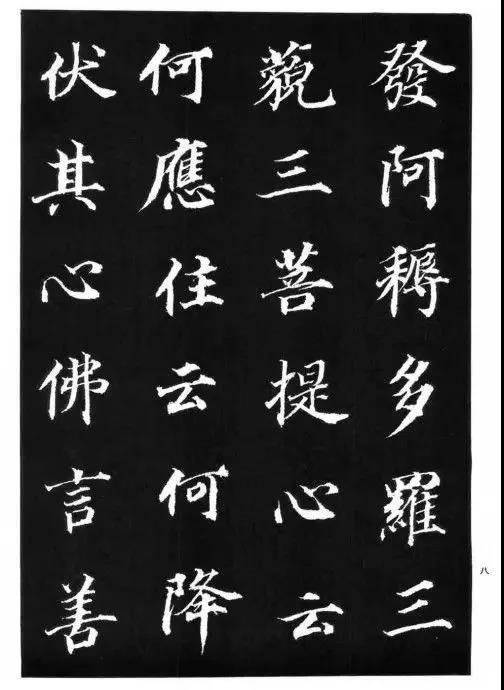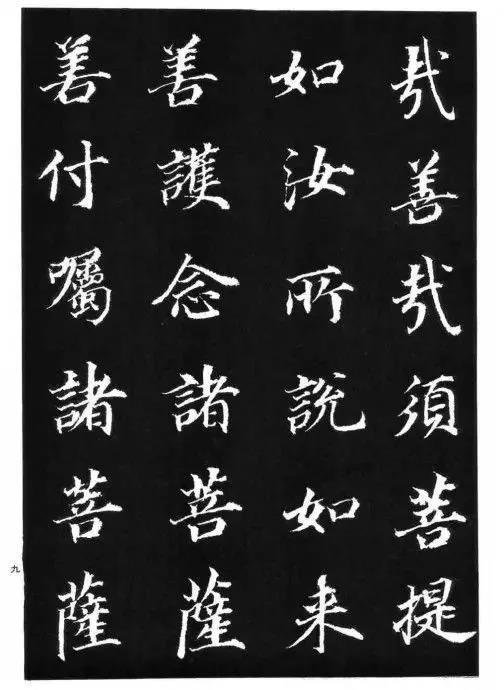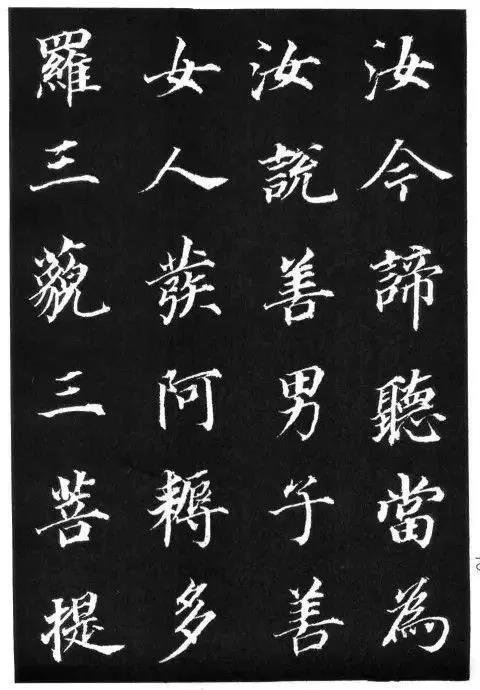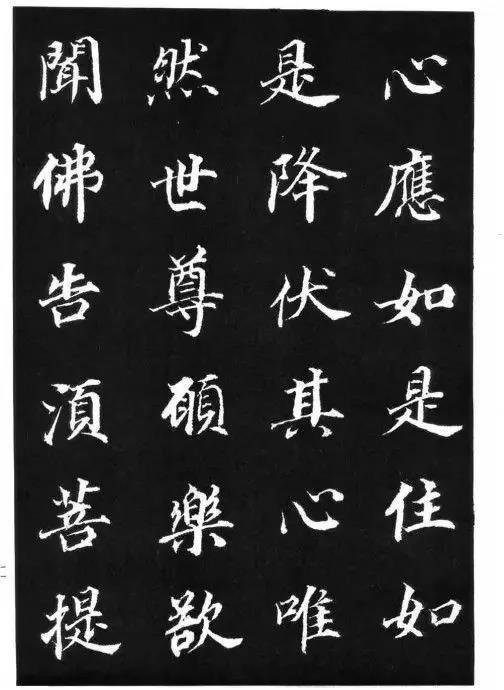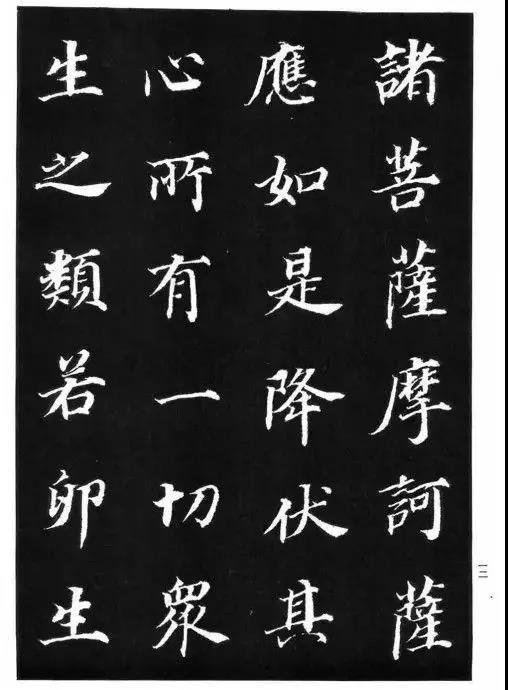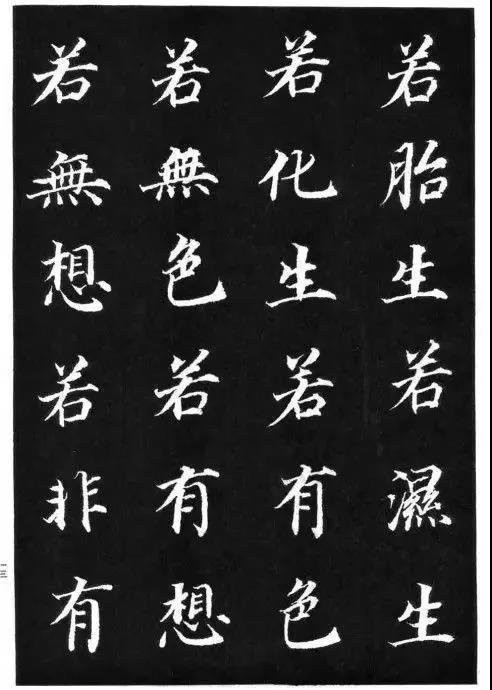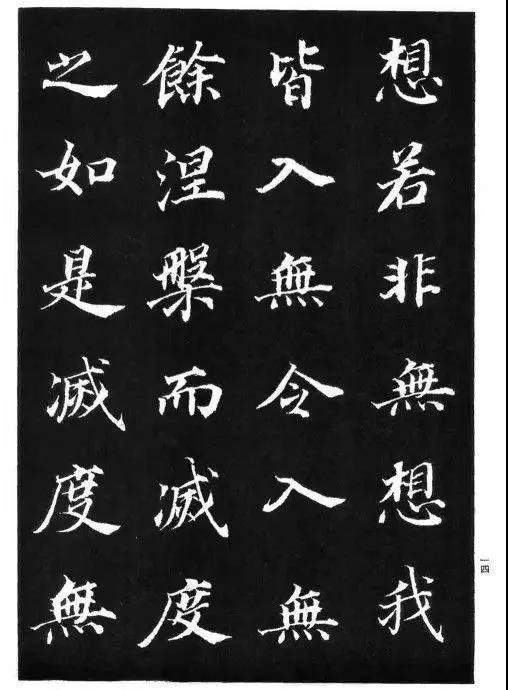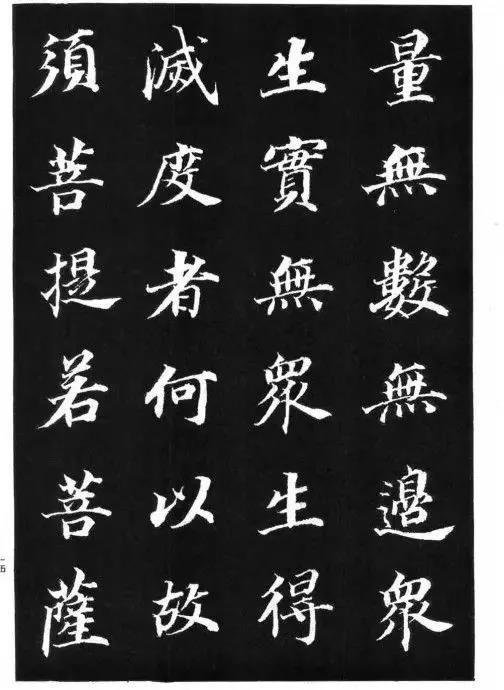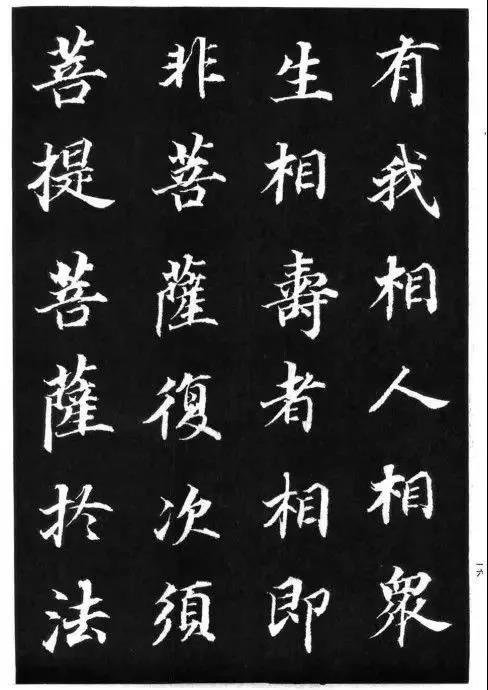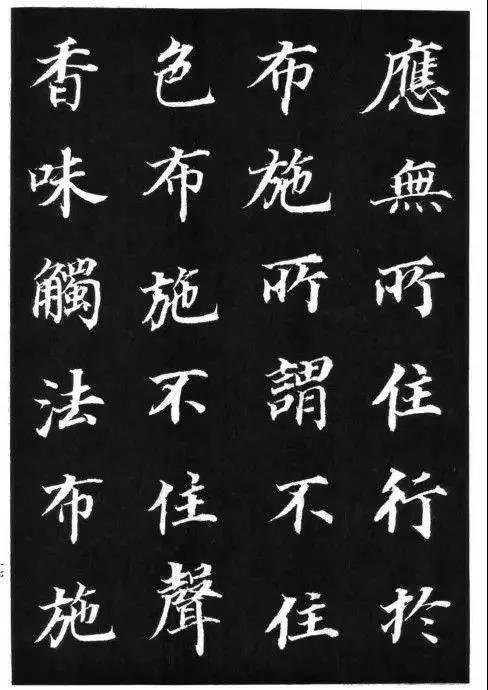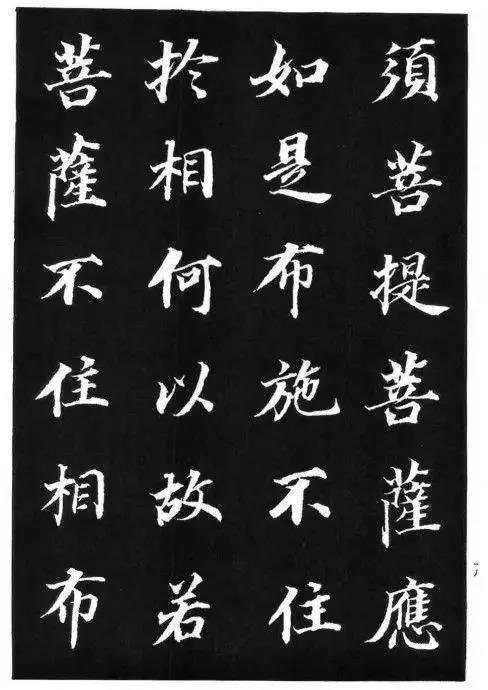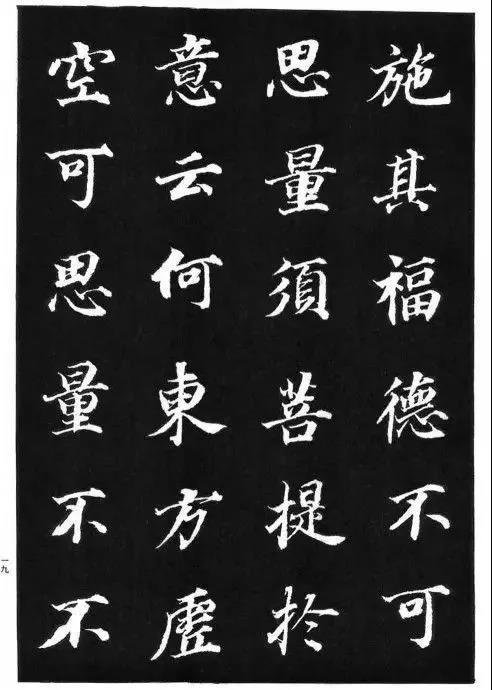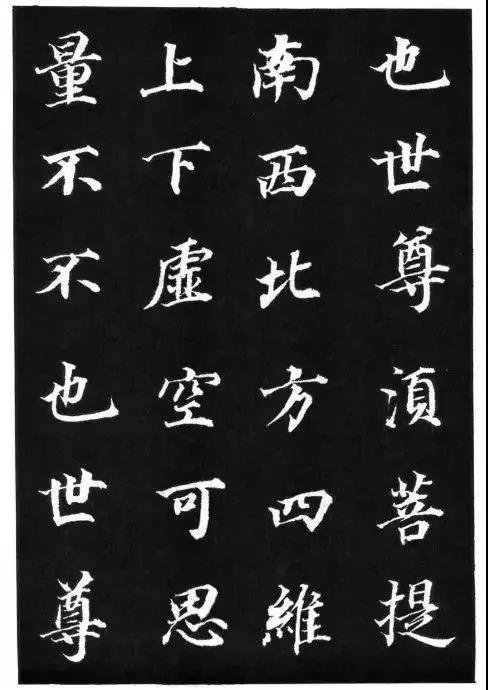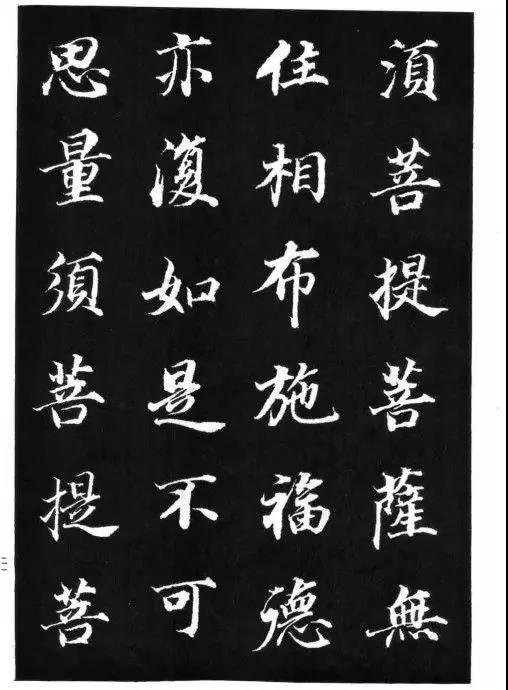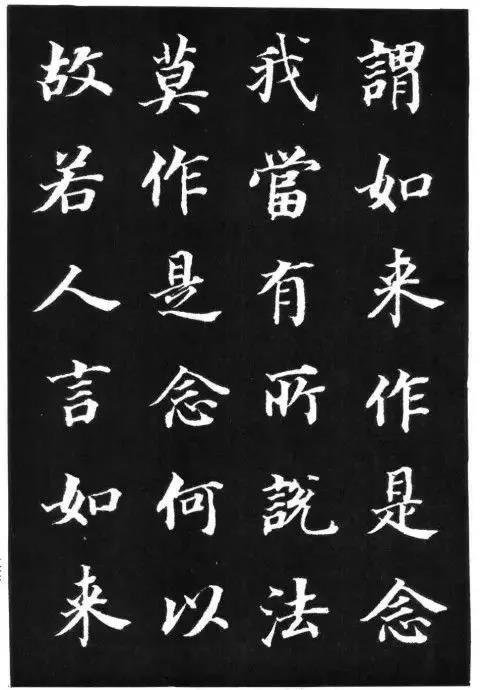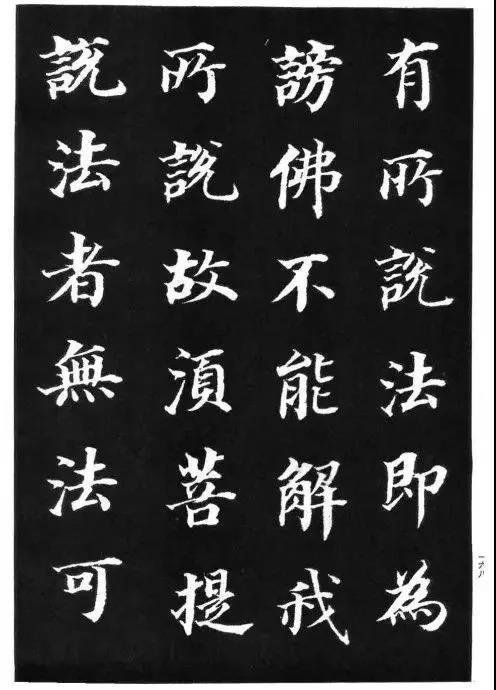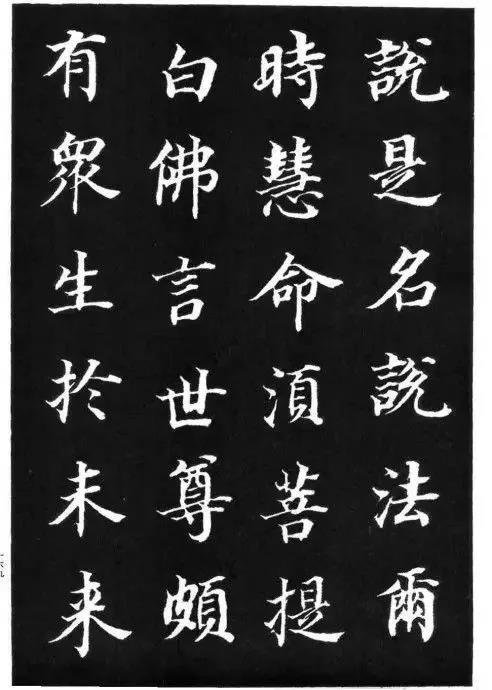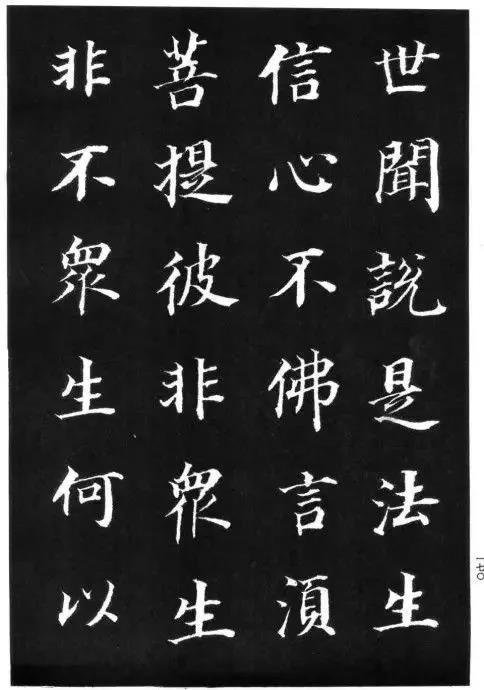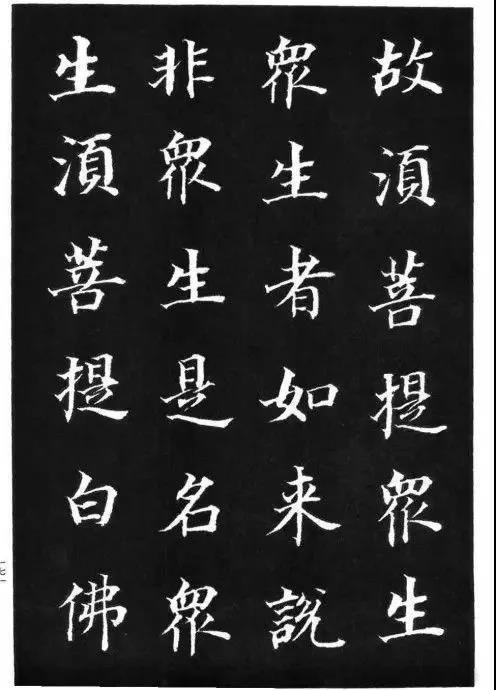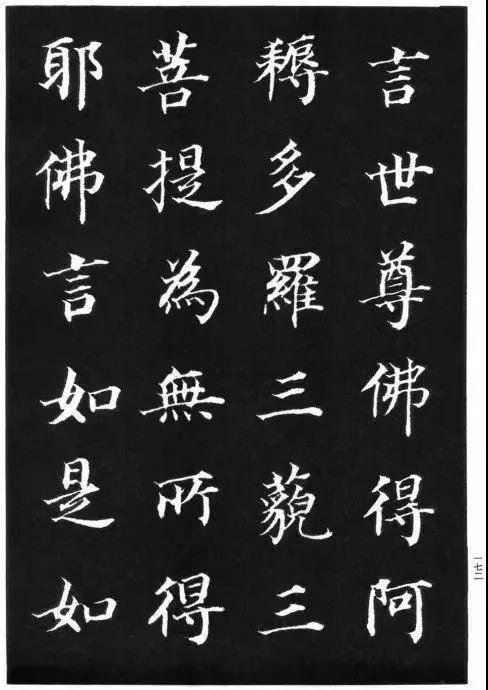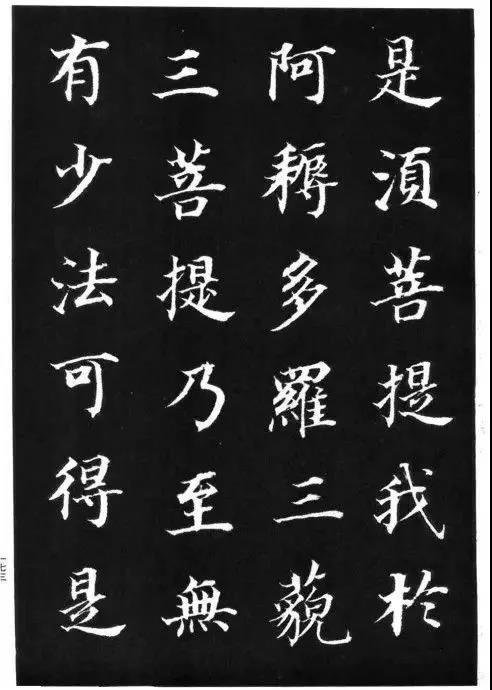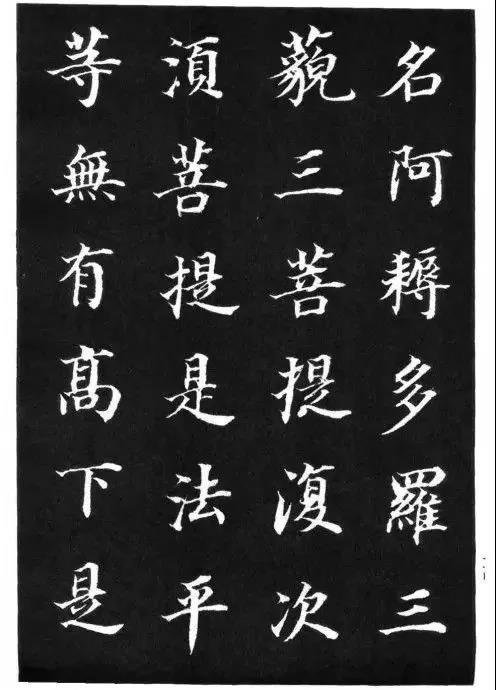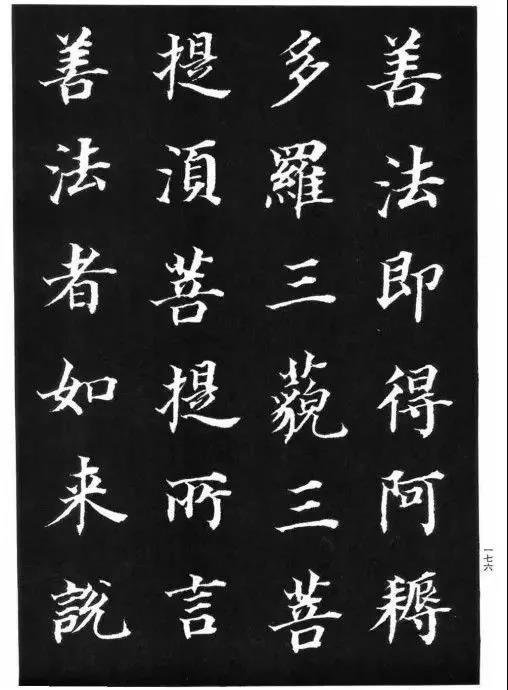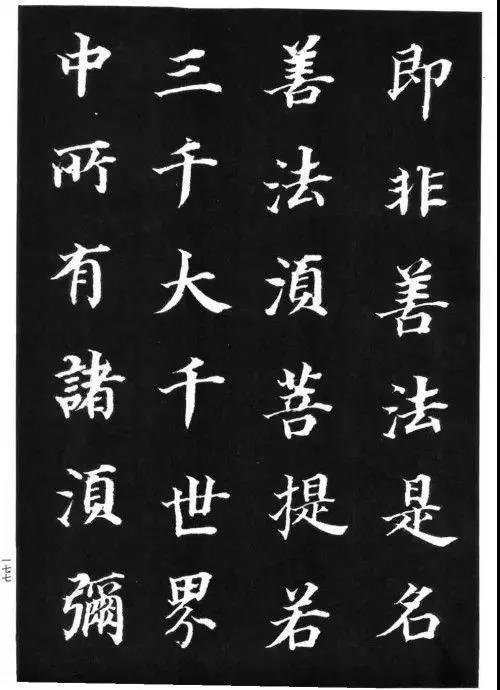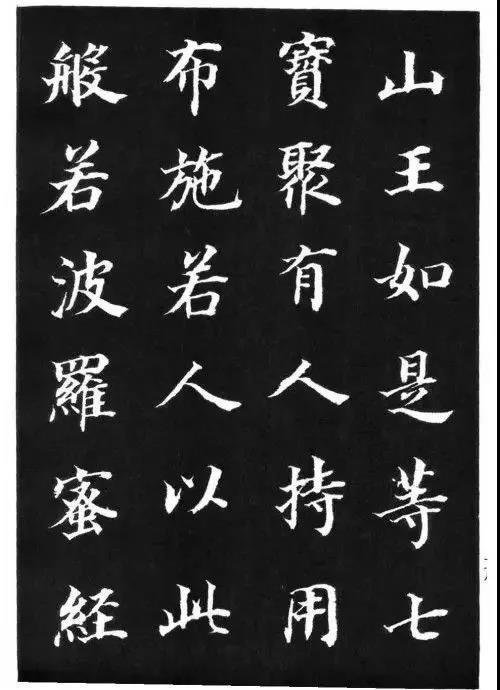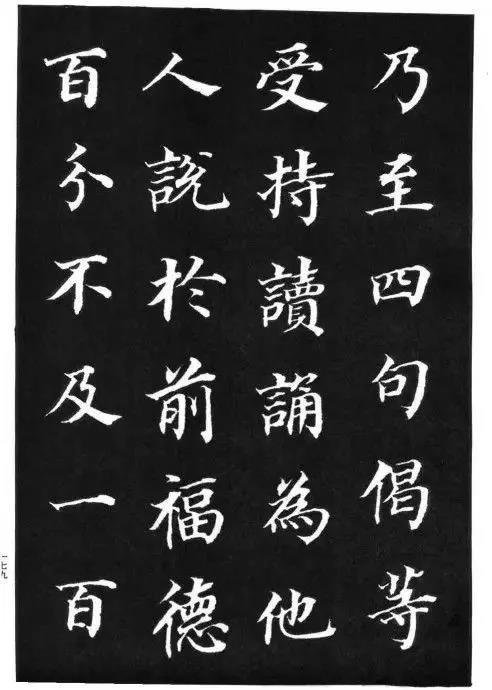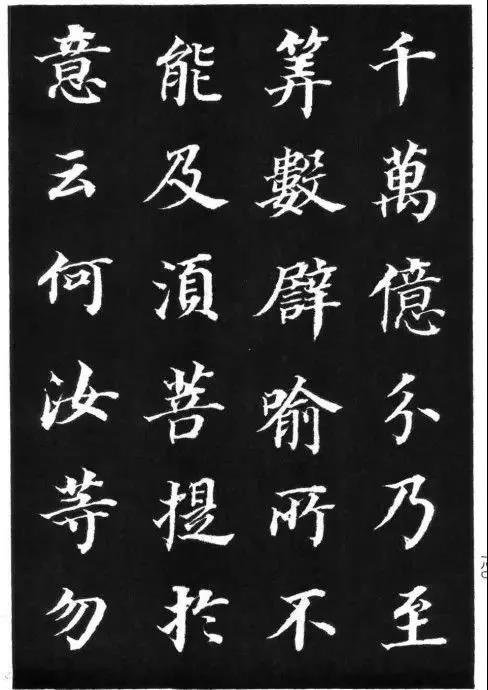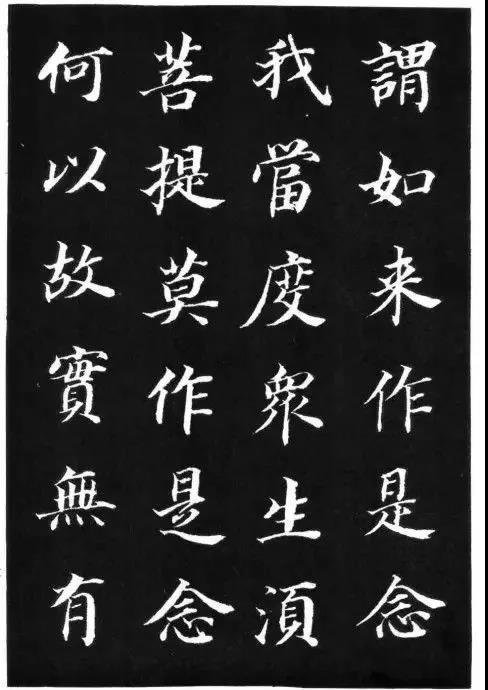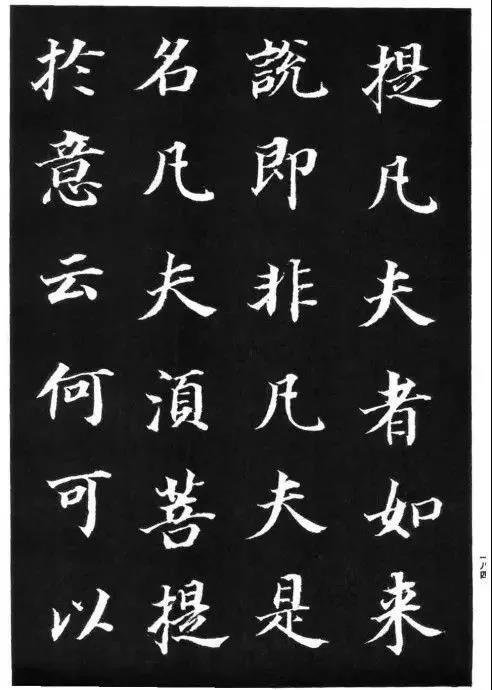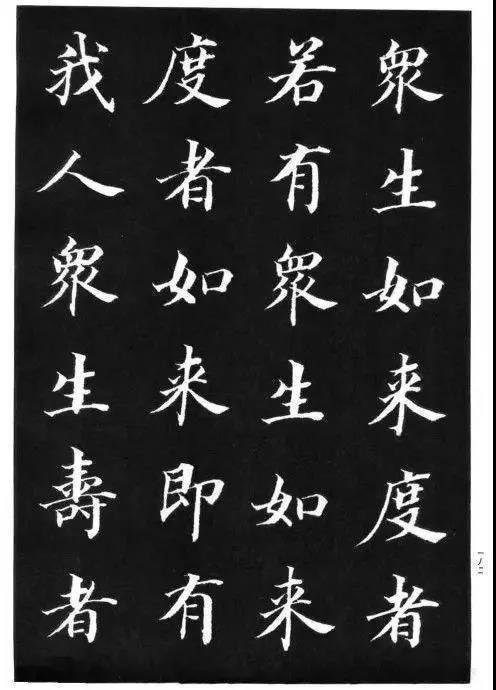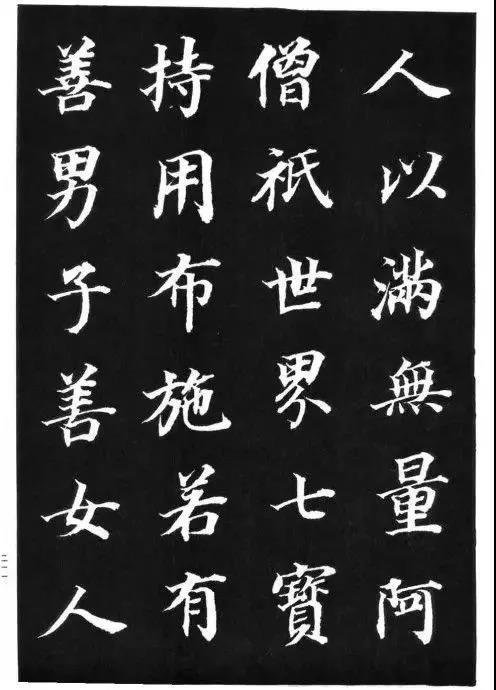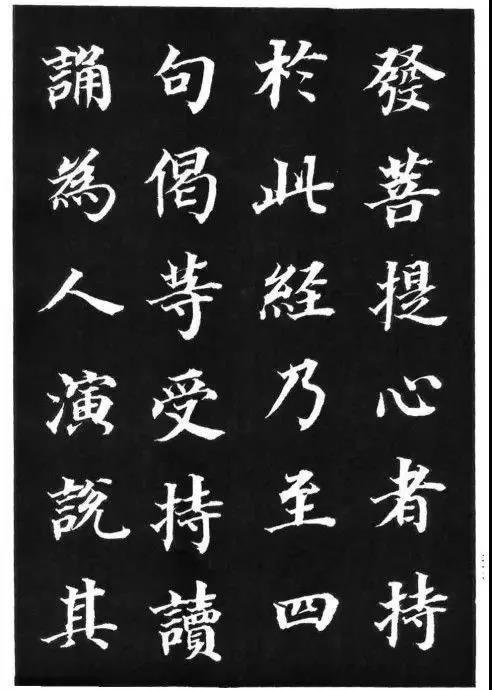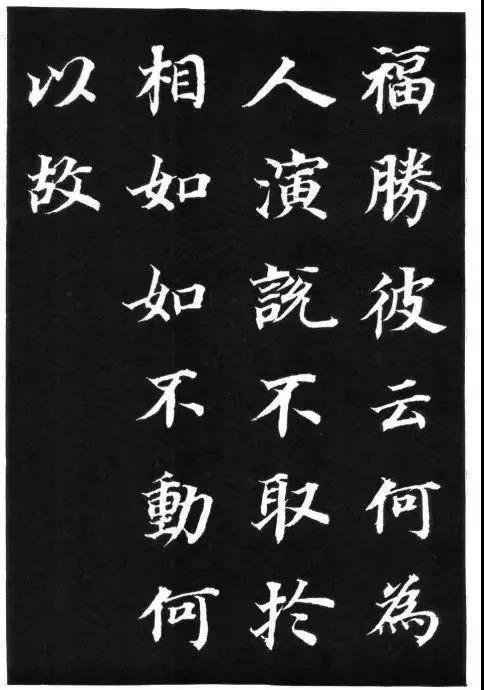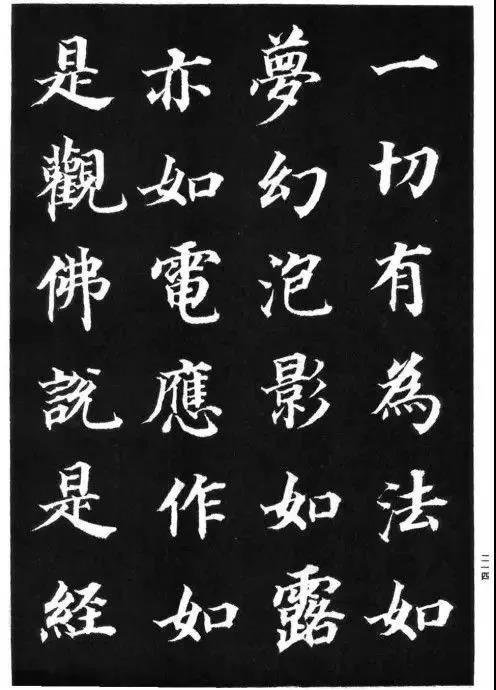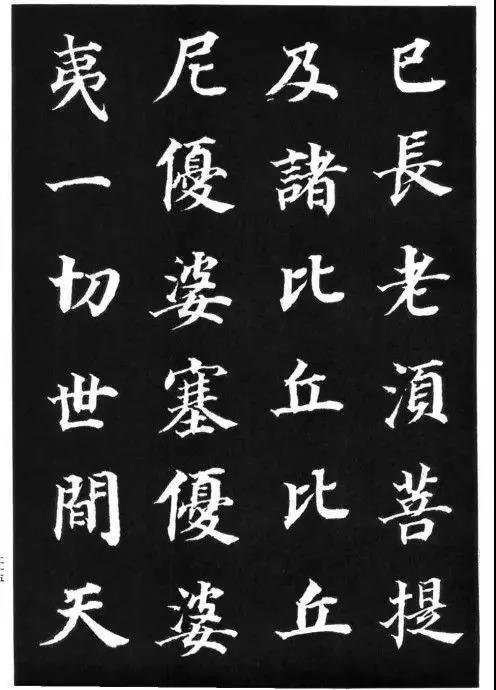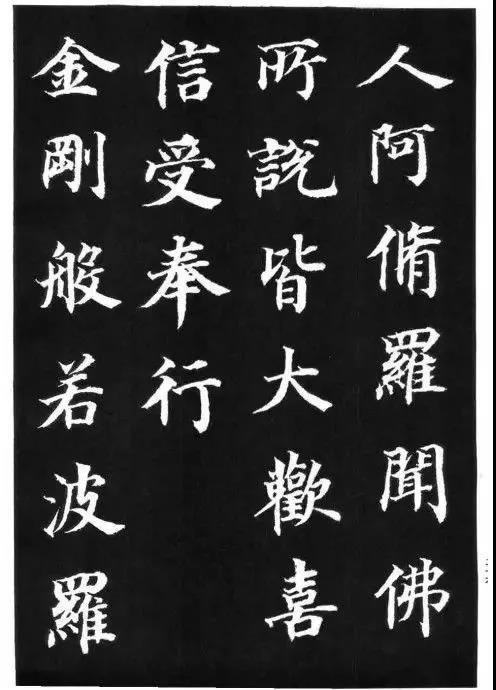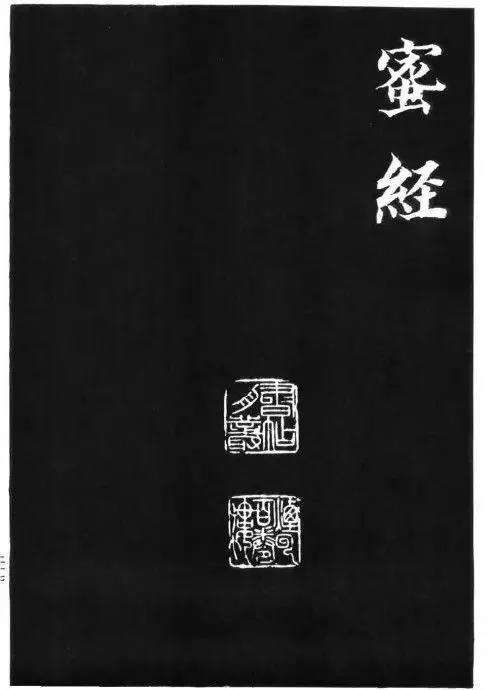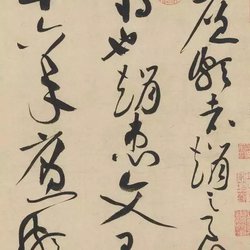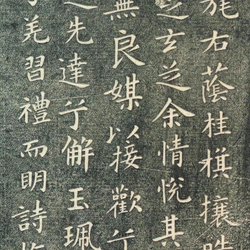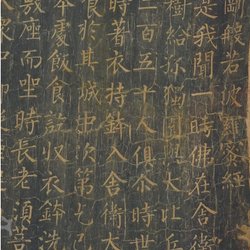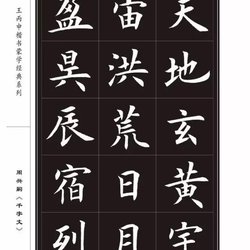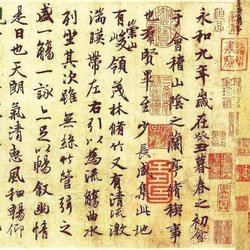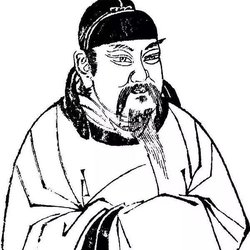"Diamond Sutra", the full name is "Vajra Prajnaparamita Sutra". "King Kong" is a metaphor for the indestructible essence of gold; "Prajna" means "wisdom"; "Paramit" means "to the other shore". The meaning of the sutra title is to use the immortal body of Vajra and the ambition of extraordinary wisdom to reach the other shore. The Diamond Sutra is one of the main classics of Zen Buddhism. It was translated by Kumarajiva, a monk from India who came to China in the fourth year of Emperor Yao Xing's reign in the Eastern Jin Dynasty (AD 402), and has become the most widely circulated text. A Mahayana Buddhist sutra. From ancient times to the present, many famous calligraphers have written the Diamond Sutra.
Dong Qichang's calligraphy is most accomplished in cursive script. He is also quite proud of his regular script, especially small regular script. Although Dong Qichang lived in an era when calligraphy by Zhao Mengfu and Wen Zhengming was popular, his calligraphy was not blindly influenced by these two calligraphy masters. His calligraphy combines the calligraphy styles of Jin, Tang, Song and Yuan schools and is self-contained. His calligraphy style is elegant, ethereal and self-sufficient. The garden of strokes is vigorous and elegant, plain and simple. The pen is used carefully and always maintains a straight edge, with few clumsy or clumsy strokes. In terms of composition, the layout of words and words, lines and lines is divided into lines, sparse and well-proportioned, and strives to follow the ancient method. The use of ink is also very particular, using dry, wet, thick and light to achieve its beauty. Calligraphy reached Dong Qichang, which can be said to be the culmination of ancient methods. The "Six Styles" and "Eight Methods" were all mastered by him. At that time, he was already "famous in foreign countries. His short calligraphy with short rulers was circulated in the world, and people competed for it." "("History of Ming Dynasty·Biography of Wenyuan").
The fine regular script "Diamond Sutra" that integrates Dong Qichang's calligraphy ideas is rarely known to calligraphers and has not been recorded. It is only included in Jimo Yang's "Chenggui Tang Dharma Notes"; and because Dong's script is mostly cursive, the only regular script he wrote is this sutra. Keeping a lot of them is just a piece of auspicious light, which is extremely precious.
